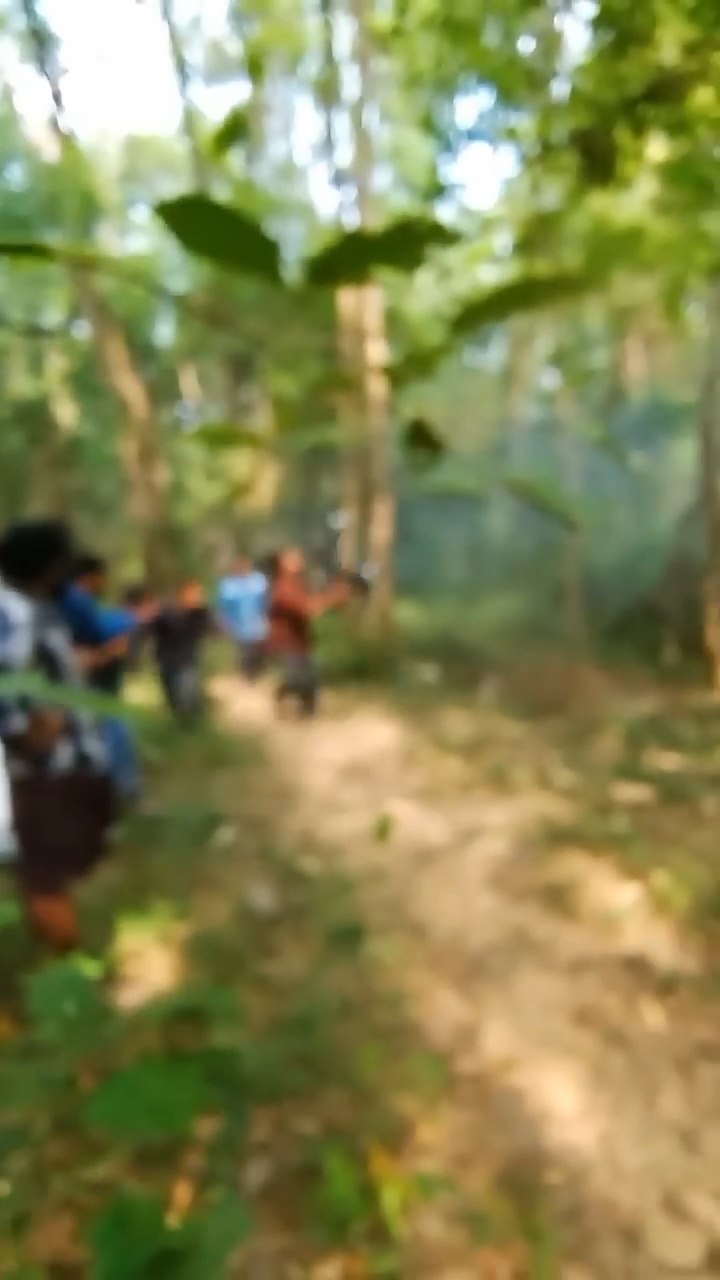Congenital Heart Disease (CHD)
Sure! Here's a detailed, easy-to-understand explanation of **Congenital Heart Disease (CHD)** — great for study notes, projects, or presentations.
---
## ❤️ **Congenital Heart Disease (CHD)**
---
### 🧬 **What is CHD?**
**Congenital Heart Disease** refers to **structural problems in the heart present from birth**. These defects can affect the **walls**, **valves**, **blood vessels**, or **chambers** of the heart, disrupting normal blood flow.
---
### 📊 **Types of CHD**
#### 🔹 **Acyanotic CHD** (does **not** cause bluish skin)
1. **Atrial Septal Defect (ASD)** – Hole in the wall between the upper chambers (atria)
2. **Ventricular Septal Defect (VSD)** – Hole between lower chambers (ventricles)
3. **Patent Ductus Arteriosus (PDA)** – Failure of a fetal blood vessel to close after birth
4. **Coarctation of Aorta** – Narrowing of the aorta
5. **Pulmonary Stenosis** – Narrowing of the valve to the lungs
#### 🔹 **Cyanotic CHD** (causes **bluish skin** due to low oxygen)
1. **Tetralogy of Fallot (TOF)** – Combo of 4 heart defects
2. **Transposition of the Great Arteries (TGA)** – Switched major heart arteries
3. **Tricuspid Atresia** – Missing or blocked tricuspid valve
4. **Total Anomalous Pulmonary Venous Return (TAPVR)** – Abnormal return of blood from lungs to heart
---
### 🧠 **Causes**
- **Genetic factors** (e.g. Down syndrome, DiGeorge syndrome)
- **Environmental exposure** during pregnancy:
- Infections (e.g. Rubella)
- Alcohol or drug use
- Certain medications
- Uncontrolled diabetes
---
### ⚠️ **Symptoms**
Depends on the type and severity:
**In newborns and infants:**
- Cyanosis (bluish lips, skin, or nails)
- Rapid breathing or shortness of breath
- Poor feeding and weight gain
- Fatigue or lethargy
- Heart murmur
**In older children:**
- Easily tired during exercise
- Swelling of hands, feet, or abdomen
---
### 🔬 **Diagnosis**
- **Prenatal ultrasound** (fetal echocardiogram)
- **Echocardiogram (Echo)**
- **Chest X-ray**
- **Electrocardiogram (ECG)**
- **Pulse oximetry**
- **Cardiac MRI / CT scan**
- **Cardiac catheterization** (for detailed testing)
---
### 🛠️ **Treatment**
- **Observation** (for mild cases)
- **Medications** (to manage heart function)
- **Catheter procedures** (non-surgical correction)
- **Open-heart surgery** (to repair or replace valves/holes)
- **Heart transplant** (rare, for severe conditions)
---
### 🛡️ **Prevention (During Pregnancy)**
- **Prenatal care**
- **Control diabetes**
- **Avoid alcohol, tobacco, and harmful drugs**
- **Vaccination against rubella**
- **Genetic counseling** (if family history exists)
---
### 👶 **Prognosis**
With **early diagnosis and treatment**, many children with CHD live normal, healthy lives. Some may require **lifelong follow-up** with a cardiologist.
---
Would you like this turned into a colorful handout or printable PDF? I can format it like a school chart or infographic!


